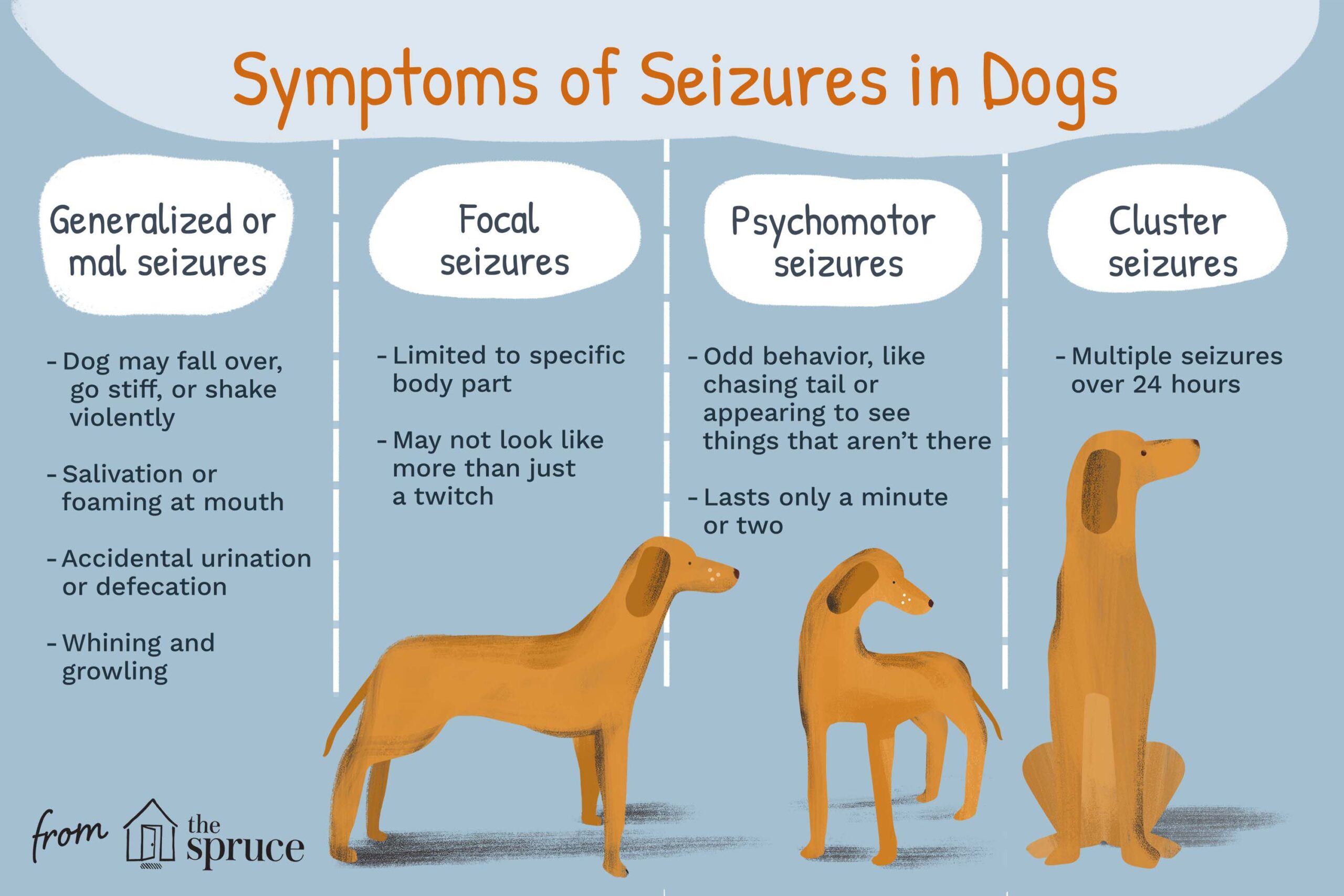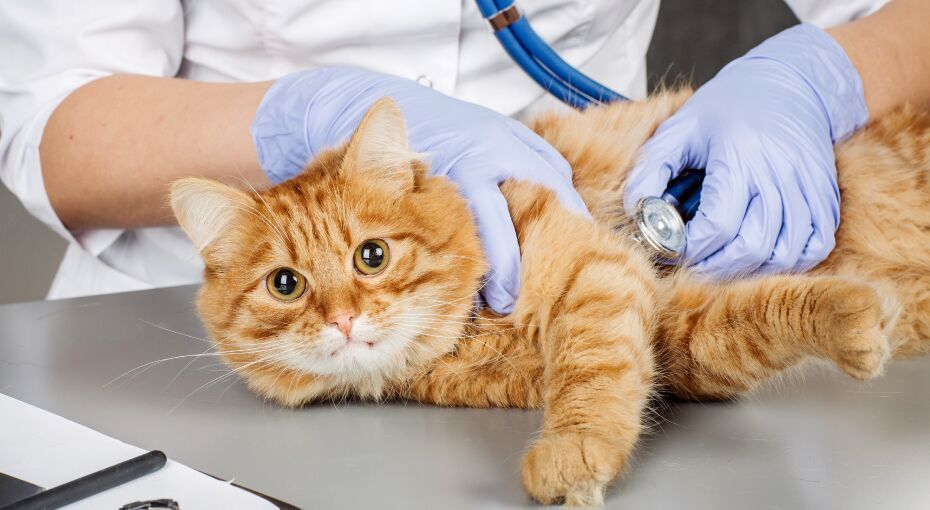Key Takeaways:
- 1. Toad poisoning in dogs can be life-threatening and requires immediate veterinary attention.
- 2. Symptoms of toad poisoning in dogs may include drooling, vomiting, seizures, and difficulty breathing.
- 3. The toxins secreted by toads can cause cardiac abnormalities and neurological damage in dogs.
- 4. It is important to prevent dogs from coming into contact with toads, especially during warm and wet seasons when they are more active.
- 5. Treatment for toad poisoning in dogs may involve flushing the mouth, administering medications to control symptoms, and providing supportive care.
Are you a dog owner who wants to keep your furry friend safe and healthy? If so, understanding the dangers of toad poisoning in dogs is essential. While it may not be a topic that immediately comes to mind, delving into this subject can provide valuable knowledge that could potentially save your dog's life.
What is toad poisoning in dogs and how does it happen?
Toad poisoning occurs when a dog comes into contact with certain species of toads and ingests their toxic secretions. These secretions, also known as venom, can cause serious harm to dogs if not treated promptly. The most common species of toads that are harmful to dogs include the cane toad, Colorado River toad, and marine toad.
Toads produce venom as a defense mechanism when they feel threatened. When a dog tries to bite or lick a toad, the venom is released into their mouth. The venom can be absorbed through the mucous membranes in the mouth and quickly enter the bloodstream, causing various symptoms of poisoning.
How do dogs come into contact with toxic toads?
Dogs may encounter toxic toads in outdoor areas such as gardens, yards, or near bodies of water like ponds or streams. They are attracted to the movement of the toads and may try to investigate or play with them. It's important for pet owners to be aware of their surroundings and keep an eye on their dogs when they are outside.
What makes the venom toxic?
The venom produced by certain species of toads contains chemicals called bufotoxins. Bufotoxins can affect a dog's nervous system, heart function, and other vital organs. The severity of the toxicity depends on factors such as the size of the dog, amount of venom ingested, and individual sensitivity.
Some common symptoms associated with bufotoxin poisoning include excessive drooling, vomiting, diarrhea, disorientation, seizures, irregular heartbeat, and even collapse.
Recognizing the symptoms of toad poisoning in dogs
It's crucial for dog owners to recognize the signs of possible toad poisoning so that immediate veterinary care can be sought. Here are some common symptoms to look out for:
1. Excessive drooling: If your dog is drooling excessively and it is not due to heat or exercise, it could be a sign of toad poisoning.
2. Vomiting and diarrhea: Dogs may experience sudden vomiting and diarrhea after coming into contact with a toxic toad.
3. Disorientation and confusion: Toad venom can affect a dog's coordination and mental state, leading to disorientation and confusion.
4. Seizures: In severe cases of toad poisoning, dogs may have seizures or convulsions.
5. Irregular heartbeat: The venom can also affect the heart, causing an irregular heartbeat or even cardiac arrest.
What should I do if I notice these symptoms in my dog?
If you suspect your dog has been poisoned by a toad, it is crucial to seek veterinary care immediately. While waiting for professional help, you can rinse your dog's mouth with water using a hose or gentle stream of water from the faucet. Be careful not to force water down their throat as it can cause choking.
Remember, time is of the essence when dealing with potential toad poisoning in dogs. Quick action can greatly increase the chances of successful treatment and recovery for your furry friend.
Protecting your dog from toad poisoning: Tips for pet owners
Prevention is key when it comes to protecting your dog from toad poisoning. Here are some tips to keep your furry friend safe:
1. Supervise outdoor activities: Whenever your dog is outside, especially in areas where there may be toads, make sure they are under close supervision.
2. Keep yards secure: Ensure that your yard is securely fenced so that your dog cannot wander off into areas where they might encounter toxic toads.
3. Remove attractants: Keep food bowls inside when not in use and promptly clean up any spilled pet food. This will help reduce the likelihood of attracting toads to your yard.
4. Learn to identify toxic toads: Familiarize yourself with the appearance of toxic toads in your area so that you can quickly recognize and avoid them.
5. Training and obedience: Teaching your dog basic commands such as "leave it" or "drop it" can be helpful in preventing them from approaching or attempting to bite a toad.
Remember, prevention is always better than cure when it comes to keeping your dog safe from toad poisoning.
Suspecting toad poisoning in your dog: What should you do?
If you suspect that your dog has been poisoned by a toad, it is crucial to take immediate action. Here's what you should do:
1. Remove your dog from the area: If possible, move your dog away from the location where they encountered the toad. This will prevent further exposure.
2. Rinse their mouth: Use a hose or faucet with a gentle stream of water to rinse out your dog's mouth. Be careful not to force water down their throat.
3. Call your veterinarian: Contact your veterinarian immediately and inform them about the situation. They will provide guidance on what steps to take next and may ask you to bring your dog in for examination and treatment.
4. Monitor vital signs: While waiting for veterinary assistance, keep an eye on your dog's breathing, heart rate, and overall condition. If their condition worsens or they show signs of distress, contact emergency veterinary services right away.
Remember, time is critical in cases of potential toad poisoning, so don't hesitate to seek professional help as soon as possible.
Are all toads harmful to dogs or just specific types?
Not all species of toads are harmful or toxic to dogs. The most commonly encountered toxic species include the cane (bufo) toad, Colorado River toad, and marine toad. These toads are found in various regions and can pose a significant risk if a dog comes into contact with them.
It is essential for dog owners to learn about the specific types of toxic toads that exist in their area. This knowledge will help them identify potential dangers and take appropriate precautions to keep their dogs safe.
How can I identify a toxic toad?
Toxic toads often have certain distinguishing characteristics that can help you identify them:
1. Size: Toxic toads tend to be larger than non-toxic species. For example, the cane (bufo) toad can grow up to 6 inches long.
2. Warty skin: Toxic toads usually have rough, warty skin compared to smooth-skinned non-toxic species.
3. Coloration: While coloration varies among different species, many toxic toads have distinct patterns or markings on their bodies.
If you are unsure whether a particular species of toad is toxic or not, it is best to err on the side of caution and prevent your dog from coming into contact with any wild amphibians.
Potential long-term effects of toad poisoning in dogs
Toad poisoning can have serious long-term effects on dogs if not treated promptly and effectively. The severity of these effects depends on factors such as the amount of venom ingested, the size and overall health of the dog, and how quickly treatment was administered.
What are some potential long-term effects?
1. Organ damage: Toad venom can cause damage to vital organs such as the heart, liver, kidneys, and brain if left untreated for an extended period.
2. Neurological issues: Dogs that have experienced severe poisoning may develop neurological problems such as seizures or difficulty walking.
3. Cardiac abnormalities: The toxins can affect the heart's electrical system, leading to irregular heartbeats or other cardiac abnormalities.
4. Behavioral changes: Some dogs may exhibit changes in behavior after surviving a toad poisoning incident. They may become more fearful or anxious.
It is important to remember that the long-term effects of toad poisoning can vary from dog to dog. Seeking immediate veterinary care and following their recommendations for treatment and monitoring are essential for minimizing potential long-term complications.
In conclusion, toad poisoning in dogs can be very dangerous and even life-threatening. It is important for dog owners to be aware of the signs and symptoms of toad poisoning and seek immediate veterinary care if their dog comes into contact with a toad.
How long does it take for a dog to show signs of toad poisoning?
Cane toad poisoning in dogs typically presents signs of toxicity within 30-60 minutes of contact. However, the onset of symptoms may vary depending on the amount of toxin ingested by the dog.
Can a dog survive toad poisoning?
If dogs receive treatment for bufo toad poisoning promptly, they can typically recover within 12 hours. However, if immediate medical attention is not given, toxicosis from larger toads can be fatal. If a dog does survive the initial poisoning, long-term effects are unlikely.
Why is my dog foaming at the mouth after a frog bite?
Many toads and frogs have a secretion on their skin that is either extremely unpleasant to taste (resulting in foaming or a bad taste in your dog's mouth) or highly poisonous. These toxic chemicals can be easily absorbed through your dog's mouth, nose, and eyes.
How do I know if my dog is OK after licking a toad?
What are the symptoms of toad poisoning? When a toad is licked or ingested, drooling and foaming at the mouth can occur within minutes. The gums may become extremely red, and signs of discomfort, such as pawing at the mouth or making noise, may be observed. Vomiting and diarrhea are also frequently experienced.
Are backyard toads poisonous to dogs?
Fortunately, the majority of toads in the United States have only mild toxicity. However, if a pet comes into contact with their secretions, it can lead to noticeable symptoms in the mouth.
Can milk help with toad poisoning in dogs?
In the event that you have reason to believe that your dog has been poisoned by a toad, it is important to quickly rinse their gums and flush out their mouth with water using a wet cloth. It is not recommended to use milk or other common household medicines as they are not effective in treating this condition in a first aid situation.

















